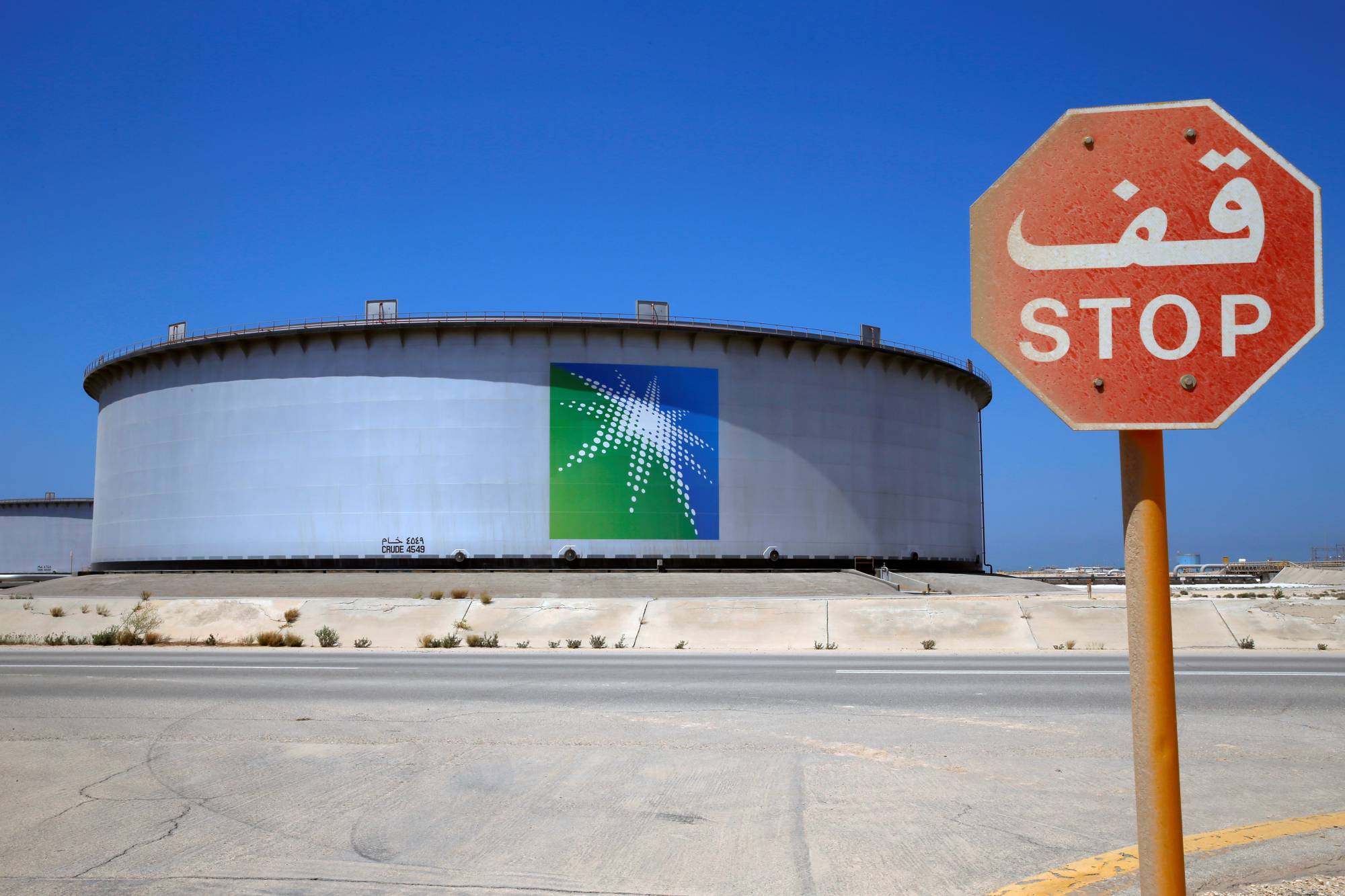What does it look like when the world’s biggest oil producers capitulate to the decline of their key product? We’re seeing it today.
The surprise weekend announcement by the OPEC+ grouping of more than 1.1 million barrels of production cuts, on top of the 500,000 daily barrels already declared by Russia last month, knocks bullish forecasts for oil consumption on their head. Most had been expecting the current sluggish conditions, which drove Brent crude to a 15-month low March 19, would be replaced by voracious appetites from consumers in the second half of the year as air and road traffic finally recovered to pre-pandemic levels.
Demand in the December quarter would rise to 103.5 million barrels a day, the International Energy Agency reported last month, 2.2 million barrels above its current levels and well ahead of supply. Those conditions should in theory be sufficient to juice prices all on their own without any intervention from OPEC, with declining inventories leading to a rush for remaining supplies. It seems now that ministers from the Organization of the Petroleum Exporting Countries don’t see it that way.


















With your current subscription plan you can comment on stories. However, before writing your first comment, please create a display name in the Profile section of your subscriber account page.